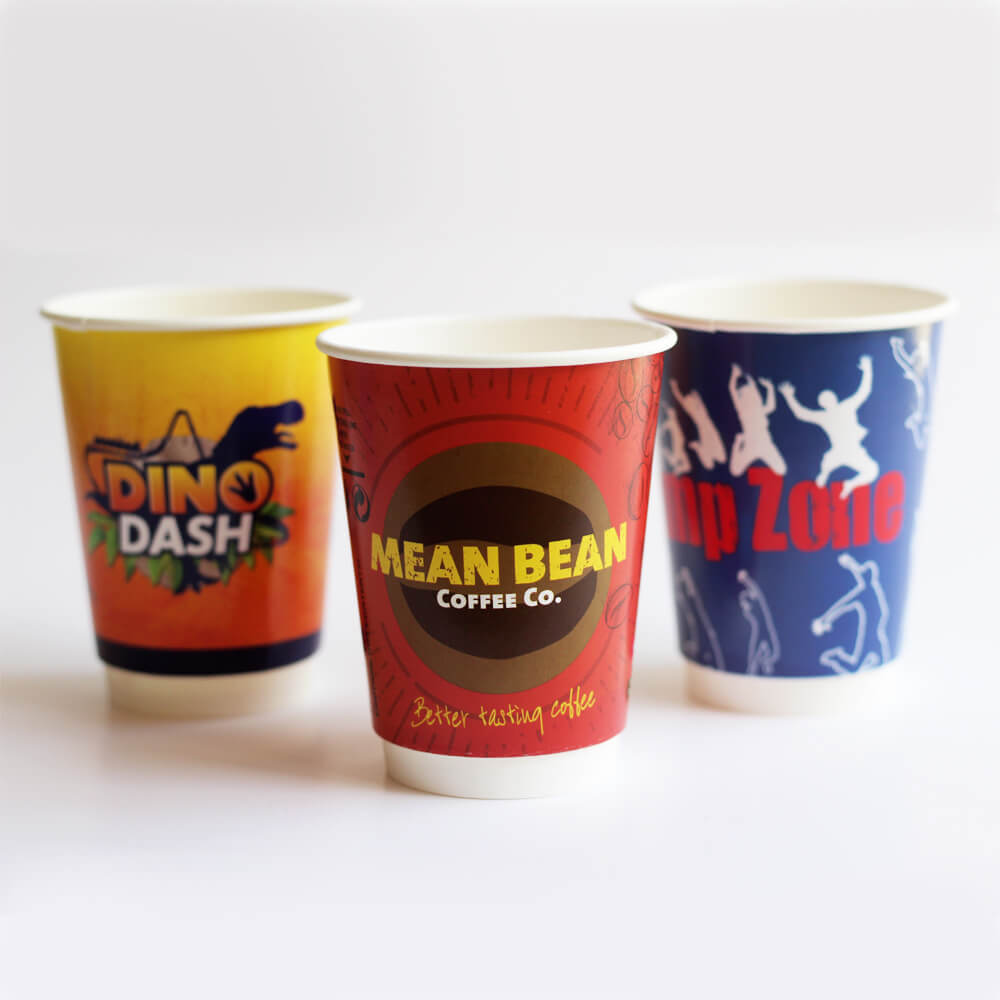The Versatility of Foam Trays in Modern Packaging
In today's fast-paced world, the packaging industry has witnessed significant innovations aimed at improving convenience and efficiency. Among the most notable advancements is the use of foam trays, which have become a staple in various sectors, including food service, retail, and medical applications. This article explores the properties, benefits, and environmental implications of foam trays, highlighting their versatility and growing importance in modern packaging solutions.
Foam trays are predominantly made from expanded polystyrene (EPS) or other foam materials, which are lightweight, durable, and resistant to moisture. These attributes make them an ideal choice for packaging a wide array of products. One of their most common applications is in the food industry, where they are used for packaging fresh produce, meats, baked goods, and take-out meals. Their ability to insulate and protect items from external elements ensures that food remains fresh, safe, and appealing for consumers.
The benefits of foam trays extend beyond their lightweight nature. They are designed to be stackable, which optimizes storage space and improves transportation efficiency. This feature is particularly advantageous for retailers and food distributors who rely on effective logistics to meet consumer demand while minimizing costs. The trays also come in various sizes and shapes, allowing customized packaging solutions that cater to specific product needs. This adaptability is crucial in a competitive market, where brands seek to differentiate themselves and enhance customer satisfaction.
Moreover, foam trays offer excellent cushioning and protection for fragile items, making them ideal for packaging electronics and delicate components
. The inherent shock-absorbent properties of foam help prevent damage during transit, which is essential for preserving product integrity and maintaining consumer trust. As e-commerce continues to grow, so does the demand for effective packaging solutions that ensure safe delivery of products from manufacturers to customers.
foam trays

Despite their numerous advantages, foam trays have faced criticism regarding their environmental impact. Traditional foam materials, particularly EPS, are not biodegradable and can contribute significantly to landfill waste. However, the packaging industry is increasingly addressing these concerns. Many manufacturers are exploring eco-friendly alternatives, such as biodegradable foams or recycled materials that maintain the beneficial properties of traditional foam trays while reducing their environmental footprint.
Additionally, efforts are being made to improve the recyclability of foam trays. In recent years, various recycling programs have been established to collect and process foam packaging materials. These initiatives aim to educate consumers on proper disposal methods and promote recycling as a viable option. Furthermore, advancements in foam technology allow for the development of products that can be recycled efficiently, thereby diminishing the impact of foam trays on the environment.
Consumer awareness and demand for sustainable packaging solutions have prompted companies to reevaluate their packaging choices. Many brands are now focusing on adopting more environmentally friendly practices, including the use of recyclable and biodegradable materials. This shift not only aligns with eco-conscious consumer preferences but also enhances brand reputation and loyalty. Companies that prioritize sustainability are better positioned to meet the evolving expectations of their customers and contribute positively to environmental stewardship.
In conclusion, foam trays play a crucial role in modern packaging across numerous industries, providing convenience, protection, and versatility. While concerns regarding their environmental impact are valid, the industry is actively seeking solutions to minimize this issue. By investing in innovative materials and promoting recycling, foam trays can continue to be a practical choice in packaging while addressing sustainability challenges. As consumers and businesses alike embrace greener practices, the future of foam trays will likely involve a balance between practicality and environmental responsibility, allowing them to maintain their relevance in an ever-changing market landscape.



